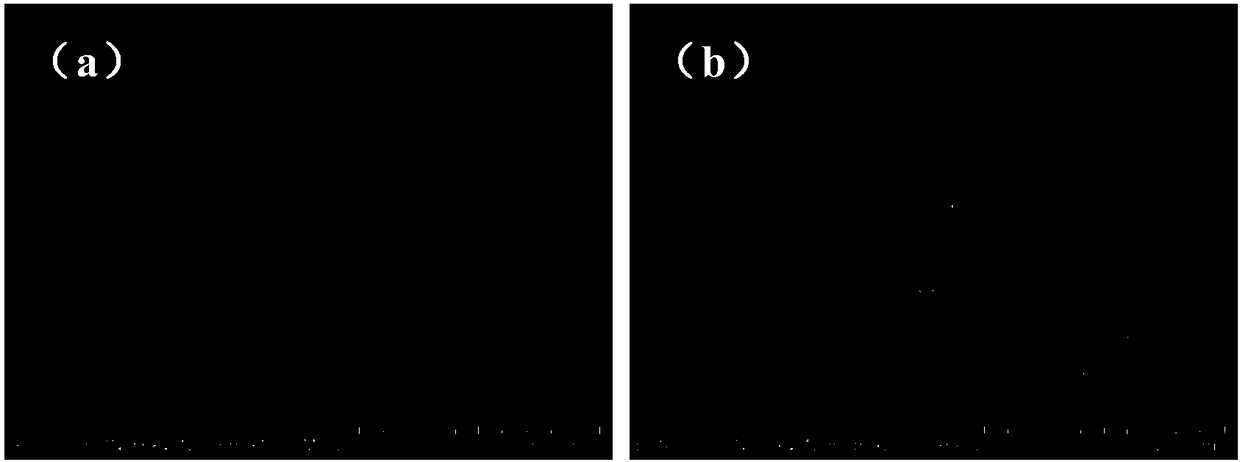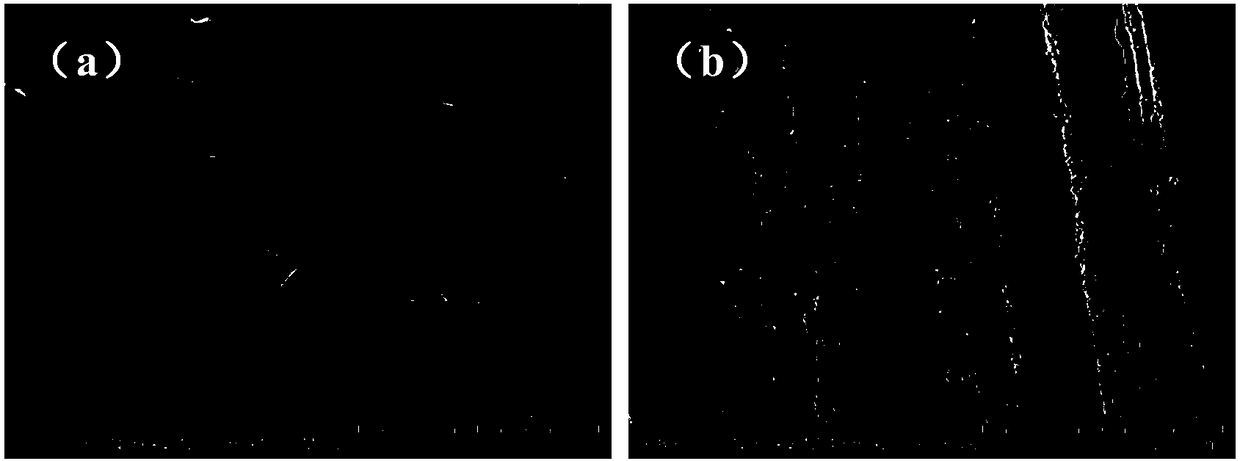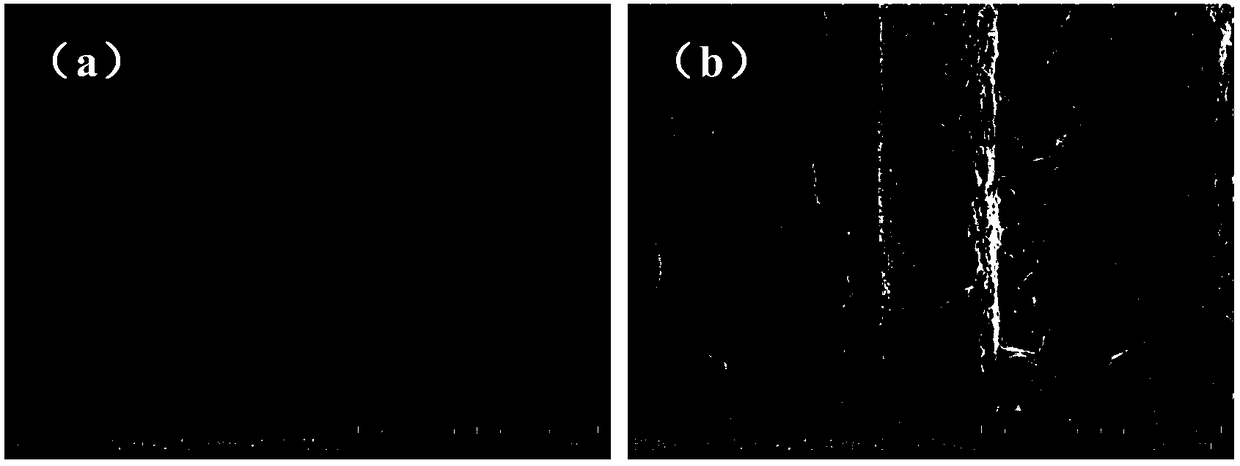Tin oxide modified carbon cloth base lithium and sodium metal negative electrode and preparation method thereof
A tin oxide, carbon cloth-based technology, applied in battery electrodes, non-aqueous electrolyte battery electrodes, electrical components, etc., can solve the problems of reducing the effective current density of the electrode, increasing the electrode specific surface area, and high copper price, achieving good cycle stability. The effect of suppressing the generation of dendrites and high safety performance
- Summary
- Abstract
- Description
- Claims
- Application Information
AI Technical Summary
Problems solved by technology
Method used
Image
Examples
preparation example Construction
[0030] A preparation method of tin oxide modified carbon cloth base lithium and sodium metal negative electrode, comprising the following steps:
[0031] 1) Carbon cloth pretreatment: use carbon cloth as the base material, ultrasonically clean it in acetone, ethanol, and ultrapure water for 30 to 50 minutes, heat treat it with concentrated nitric acid at 110 to 130°C for 7 to 10 hours, and then clean it again with ultrapure water cleaning;
[0032] 2) Modification solution configuration: configure a sodium stannate aqueous solution with a concentration of 0.066-0.1g / mL;
[0033] 3) Immerse the pre-treated carbon cloth in step 1) into the modified solution in step 2), ultrasonicate for 15-30 minutes, and perform a water bath reaction; the water bath reaction temperature is 70-90°C, and the time is 1-2 hours;
[0034] 4) The carbon cloth after the water bath reaction in step 3) is washed with deionized water and dried at 70-90°C;
[0035] 5) calcining the carbon cloth obtained...
Embodiment 1
[0038] 1) Use carbon cloth as the base material, ultrasonically clean it in acetone, ethanol, and ultrapure water for 30 minutes, immerse it in 67% concentrated nitric acid after drying, heat and stir in an oil bath at 110°C for 10 hours, and then use ultrapure water again wash and dry;
[0039] 2) Modification solution configuration: Dissolve 3.302g of sodium stannate tetrahydrate in 50ml of deionized water to prepare an aqueous solution of sodium stannate with a concentration of 0.066g / mL;
[0040] 3) Immerse the pretreated carbon cloth in step 1) into the modification solution in step 2), ultrasonicate for 30 minutes, and react in a water bath at 70°C for 2 hours;
[0041] 4) Wash the carbon cloth after the water bath reaction in step 3) with deionized water and dry at 90°C;
[0042] 5) Calcining the carbon cloth obtained in step 4) in the air, the calcination temperature is 400° C., the calcination time is 10 h, and the tin oxide modified carbon cloth base is obtained aft...
Embodiment 2
[0045] 1) Use carbon cloth as the base material, ultrasonically clean it in acetone, ethanol, and ultrapure water for 40 minutes, immerse it in 68% concentrated nitric acid after drying, heat and stir it in an oil bath at 120°C for 8 hours, and then use ultrapure water again wash and dry;
[0046] 2) Modification solution configuration: Dissolve 3.302g of sodium stannate tetrahydrate in 50ml of deionized water to prepare an aqueous solution of sodium stannate with a concentration of 0.066g / mL;
[0047] 3) Immerse the pretreated carbon cloth in step 1) into the modification solution in step 2), ultrasonicate for 30 minutes, and react in a water bath at 80°C for 1 hour;
[0048] 4) Wash the carbon cloth after the water bath reaction in step 3) with deionized water and dry at 80°C;
[0049] 5) Calcining the carbon cloth obtained in step 4) in the air, the calcination temperature is 450°C, the calcination time is 8h, and the tin oxide modified carbon cloth base is obtained after ...
PUM
| Property | Measurement | Unit |
|---|---|---|
| size | aaaaa | aaaaa |
| size | aaaaa | aaaaa |
Abstract
Description
Claims
Application Information
 Login to View More
Login to View More - R&D
- Intellectual Property
- Life Sciences
- Materials
- Tech Scout
- Unparalleled Data Quality
- Higher Quality Content
- 60% Fewer Hallucinations
Browse by: Latest US Patents, China's latest patents, Technical Efficacy Thesaurus, Application Domain, Technology Topic, Popular Technical Reports.
© 2025 PatSnap. All rights reserved.Legal|Privacy policy|Modern Slavery Act Transparency Statement|Sitemap|About US| Contact US: help@patsnap.com



